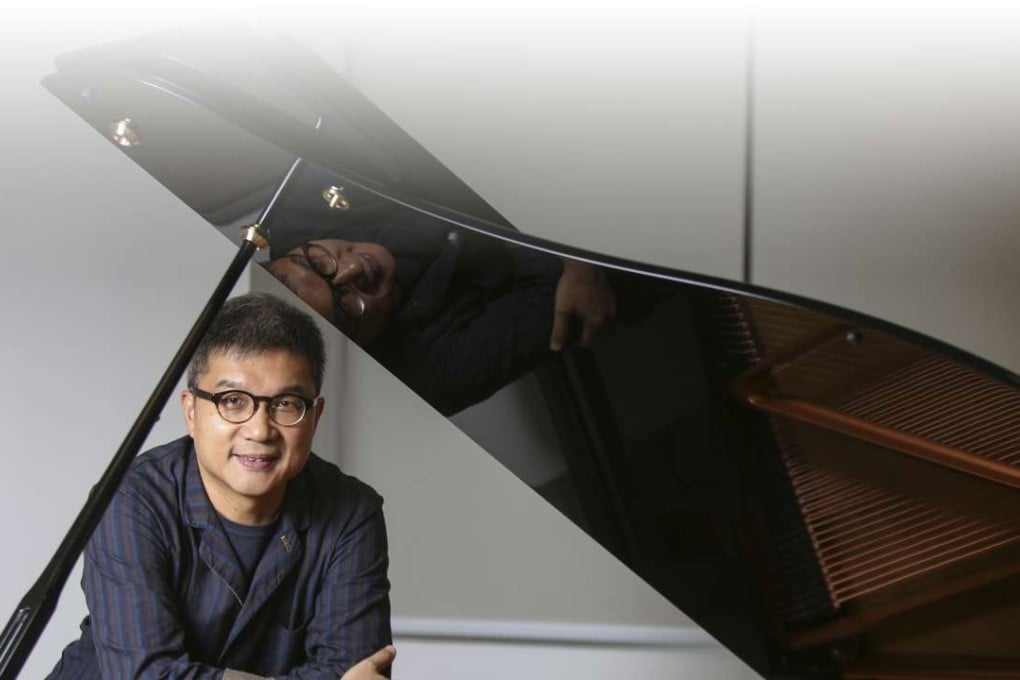Hong Kong composer Chan Hing-yan on the multiple strings to his bow
Professor of composition’s new work for huqin and orchestra – the centrepiece of Hong Kong Sinfonietta concert at Taiwan festival – shows his ability to mix poetic Chinese themes with Western techniques

Chan Hing-yan, one of many Hong Kong composers with Western musical training, stands out for his ability to mix poetic Chinese themes with Western techniques.
A composition professor at the University of Hong Kong, the 53-year-old has been commissioned by major arts groups and companies including the Hong Kong Sinfonietta, City Contemporary Dance Company and the Hong Kong Arts Festival, and his works have been performed for international audiences.
His music uses images from nature and classical references to suggest a mood.
Ethereal is the Moon is the latest instalment in the composer’s “moon series”, and will be the centrepiece of a Hong Kong Sinfonietta concert in Taiwan this weekend. Also on the programme are Ravel’s Piano Concerto in G and Shostakovich’s Symphony No 9.

Chan says the series – which began with Enigmas of the Moon written in 1998 – is inspired by a big, “stunning, shocking” moon on the prairie that he saw when he was studying at the University of Illinois Urbana-Champaign in the United States in 1996. To express his ideas, the composer often turns to musical and poetic references.